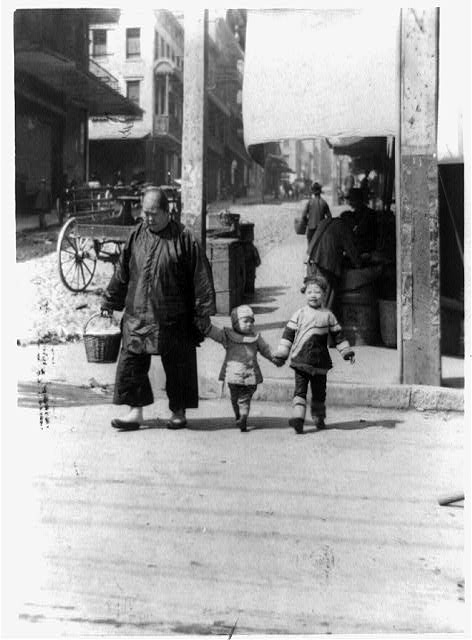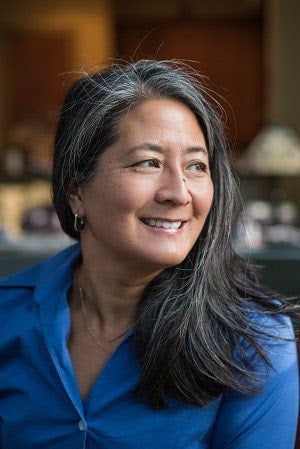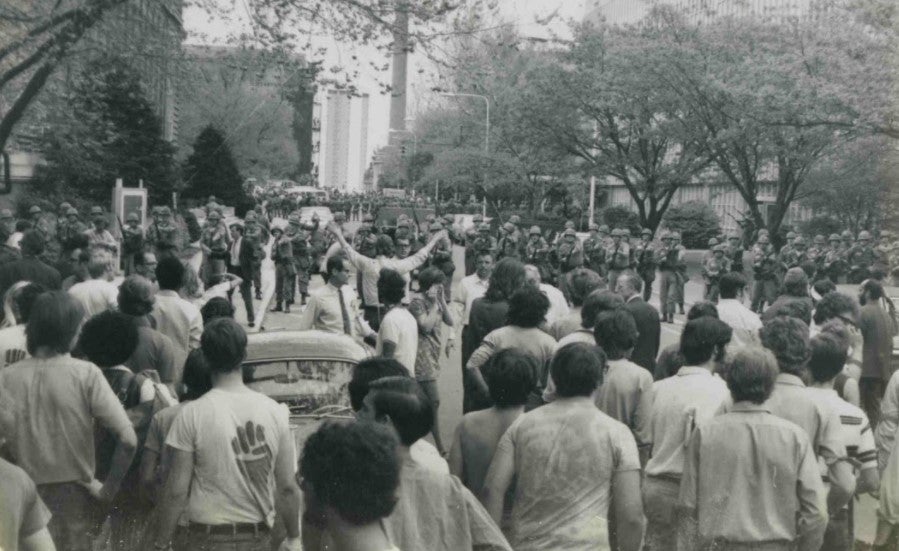Two New Self-Paced Courses: Chinese in the United States and the 1960s in Historical Perspective
Posted by Gilder Lehrman Staff on Friday, 03/25/2022
 The Gilder Lehrman Institute is excited to offer two new Self-Paced Courses.
The Gilder Lehrman Institute is excited to offer two new Self-Paced Courses.
- Chinese in the United States, led by Madeline Y. Hsu, University of Texas at Austin
- The 1960s in Historical Perspective, led by Michael Flamm, Ohio Wesleyan University, and Michael Kazin, Georgetown University
Considering US history through the lens of Chinese experiences emphasizes the national development of ideas and practices concerning immigration controls, rights to citizenship, multiracial societies, forms of multicultural integration and assimilation, and the relationship of the Constitution to varying conceptions of equality. Chinese as a race were the first targets of enforced immigration restrictions. As such, they have played key roles as the United States determined its powers and priorities in enacting immigration controls and its visions for democracy, along with the underlying racial ideologies and conceptions of national belonging.
This course offers an overview of the history of Chinese in America with an emphasis on Chinese American identity and community formations under the shadow of the Yellow Peril. Using primary source documents and secondary literature, we will examine structures of work, family, immigration law, racism, class, and gender in order to understand the changing roles and perceptions of Chinese Americans in the United States from 1847 to the present.
 Lead Scholar Madeline Y. Hsu is a professor of history at the University of Texas at Austin and served as director of the Center for Asian American Studies for eight years (2006–2014). She was president of the Immigration and Ethnic History Society and representative-at-large for the International Society for the Study of Chinese Overseas. Hsu was born in Columbia, Missouri, but grew up in Taiwan and Hong Kong between visits with her grandparents at their store in Altheimer, Arkansas. She received her undergraduate degree in history from Pomona College and her Ph.D. from Yale University. Her recent monograph The Good Immigrants: How the Yellow Peril Became the Model Minority (Princeton University Press, 2015) received awards from the Society for Historians of American Foreign Relations, the Immigration and Ethnic History Society, the Asian Pacific American Librarians Association, and the Association for Asian American Studies.
Lead Scholar Madeline Y. Hsu is a professor of history at the University of Texas at Austin and served as director of the Center for Asian American Studies for eight years (2006–2014). She was president of the Immigration and Ethnic History Society and representative-at-large for the International Society for the Study of Chinese Overseas. Hsu was born in Columbia, Missouri, but grew up in Taiwan and Hong Kong between visits with her grandparents at their store in Altheimer, Arkansas. She received her undergraduate degree in history from Pomona College and her Ph.D. from Yale University. Her recent monograph The Good Immigrants: How the Yellow Peril Became the Model Minority (Princeton University Press, 2015) received awards from the Society for Historians of American Foreign Relations, the Immigration and Ethnic History Society, the Asian Pacific American Librarians Association, and the Association for Asian American Studies.
Learn more and register for the course here.
The 1960s in Historical Perspective
 This course explores a controversial era shrouded in myths and memories. Among the topics it examines are the presidencies of John Kennedy, Lyndon Johnson, and Richard Nixon; the Civil Rights Movement; the Vietnam War; the New Left; the counterculture; the women’s movement; the gay movement; the conservative movement; the international dimension of youth protest; and the legacies of the 1960s. The aim of this course is to provide a balanced history of a turbulent time that continues to influence American politics, society, and culture.
This course explores a controversial era shrouded in myths and memories. Among the topics it examines are the presidencies of John Kennedy, Lyndon Johnson, and Richard Nixon; the Civil Rights Movement; the Vietnam War; the New Left; the counterculture; the women’s movement; the gay movement; the conservative movement; the international dimension of youth protest; and the legacies of the 1960s. The aim of this course is to provide a balanced history of a turbulent time that continues to influence American politics, society, and culture.
Co-Lead Scholar Michael Flamm is a professor of history at Ohio Wesleyan specializing in modern American political history. At Ohio Wesleyan, he has received three teaching prizes including the university’s highest honor, the Bishop Herbert Welch Meritorious Teaching Award. As a Fulbright scholar and senior specialist, Flamm has taught numerous times in Argentina. In addition, he has served as a faculty consultant to the National Endowment for the Humanities, the College Board, and the National Academy of Sciences. He is also an elected member of the executive board of the Organization of American Historians.
Co-Lead Scholar Michael Kazin is a professor of history at Georgetown University and an expert in US politics and social movements and the nineteenth and twentieth centuries. He is the author of War against War: The American Fight for Peace, 1914–1918 (2017), which was named an Editor’s Choice by the New York Times Book Review and was awarded the Elise M. Boulding Prize for the best book in peace history by the Peace History Society, and American Dreamers: How the Left Changed a Nation (2011).
Learn more and register for the course here.
BOTH COURSES OFFER THE FOLLOWING CONTENT:
- Twelve lectures
- Primary source readings to complement the lectures
- A certificate of completion for 15 hours of professional development credit
If you have questions about these or any other Self-Paced Courses, please view our FAQs page or email selfpacedcourses@gilderlehrman.org.